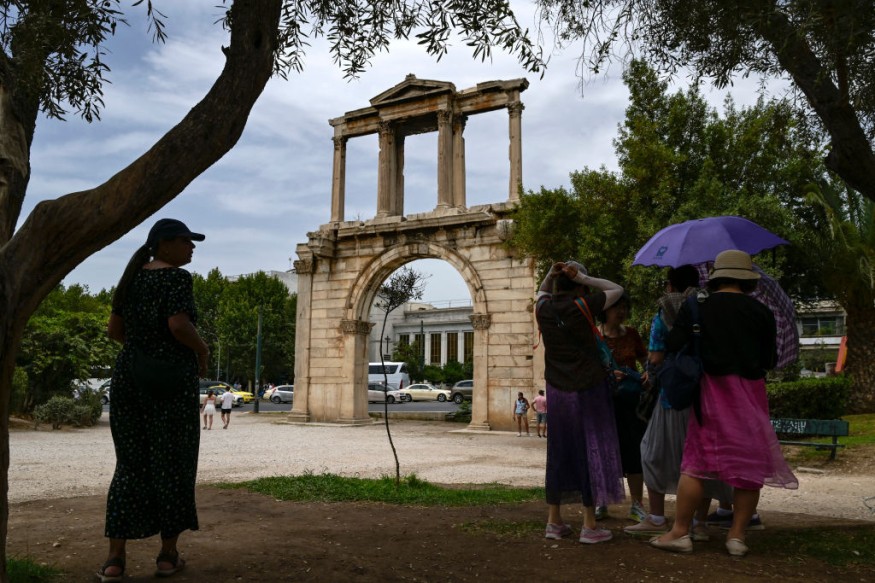
Archaeologists have found a 4,000-year-old circular building on a Greek mountaintop that may have been used for ancient Minoan rites.
The building is nearly labyrinthine, according to a translated statement released by the Greek Ministry of Culture.
Minoan Architecture
It is made up of eight superimposed stone rings with small walls intersecting them to form rooms, a reference to the fabled maze constructed for King Minos of Crete.
The unusual structure, which has a diameter of 157 feet (48 meters), was found while building workers were setting up a monitoring radar system for a new airport some 32 miles (51 kilometers) southeast of Heraklion, the capital of Crete. Perched on a hill close to Kastelli, this ancient structure seems to have consisted of two main sections: a 49-foot (15-meter)-diameter circular building in the middle, and an area surrounded by walls that radiated outward from it.
In the middle of the Minoan civilization, between 2000 and 1700 B.C., archaeologists provisionally dated the building based on the style of pottery shards found during the excavation.
The Minoans established one of the earliest sophisticated European societies on the island of Crete between around 3000 and 1100 B.C. They left behind intricate figures, jewelry, paintings, and ceramics, but their primary written language has never been completely decoded.
The Minoans were mostly forgotten as their society fell apart until Sir Arthur Evans' archeological work in the early 20th century, when he named the term "Minoan" after the fabled King Minos.
The most famous example of Minoan architecture is the old palace of Knossos, which has a central open area flanked by wings of several smaller apartments connected by hallways. Though they were commonly referred to as "palaces," these enormous Minoan buildings served more as hubs for regional governance than as regal homes.
Ritual Practices
It is also improbable that the recently found building at Kastelli was used as a residence; instead, the discovery of several animal bones among other artifacts suggests that the building was occasionally used for ritual feasts that included food, wine, and other offerings for the entire town.
"Its size, architectural layout, and careful construction required considerable labor, specialized know-how, and a robust central administration," the Ministry statement said.
However, there are certain differences between the Kastelli construction and other historic monumental structures. The recently excavated structure is round, a shape more frequently seen in Minoan tombs than in the square or rectangular arrangements of palaces like Knossos.
Researchers do not yet know the building's precise shape or height because archaeological work on it is still ongoing. Together with the Greek Ministry of the Interior and the Hellenic Civil Aviation Authority, more research is being planned to determine the precise purpose of the enigmatic edifice and to safeguard it for future investigation.
Archaeologist and Culture Minister Lina Mendoni promised to protect the discovery while looking for a new location for the radar station.
According to the government, while construction is underway on the new Kastelli airport and its road links, at least 35 additional archeological sites have been found thus far.
Related Article : Amazing Discovery: 2,500-Year-Old City Uncovered in Greece
© 2025 NatureWorldNews.com All rights reserved. Do not reproduce without permission.





